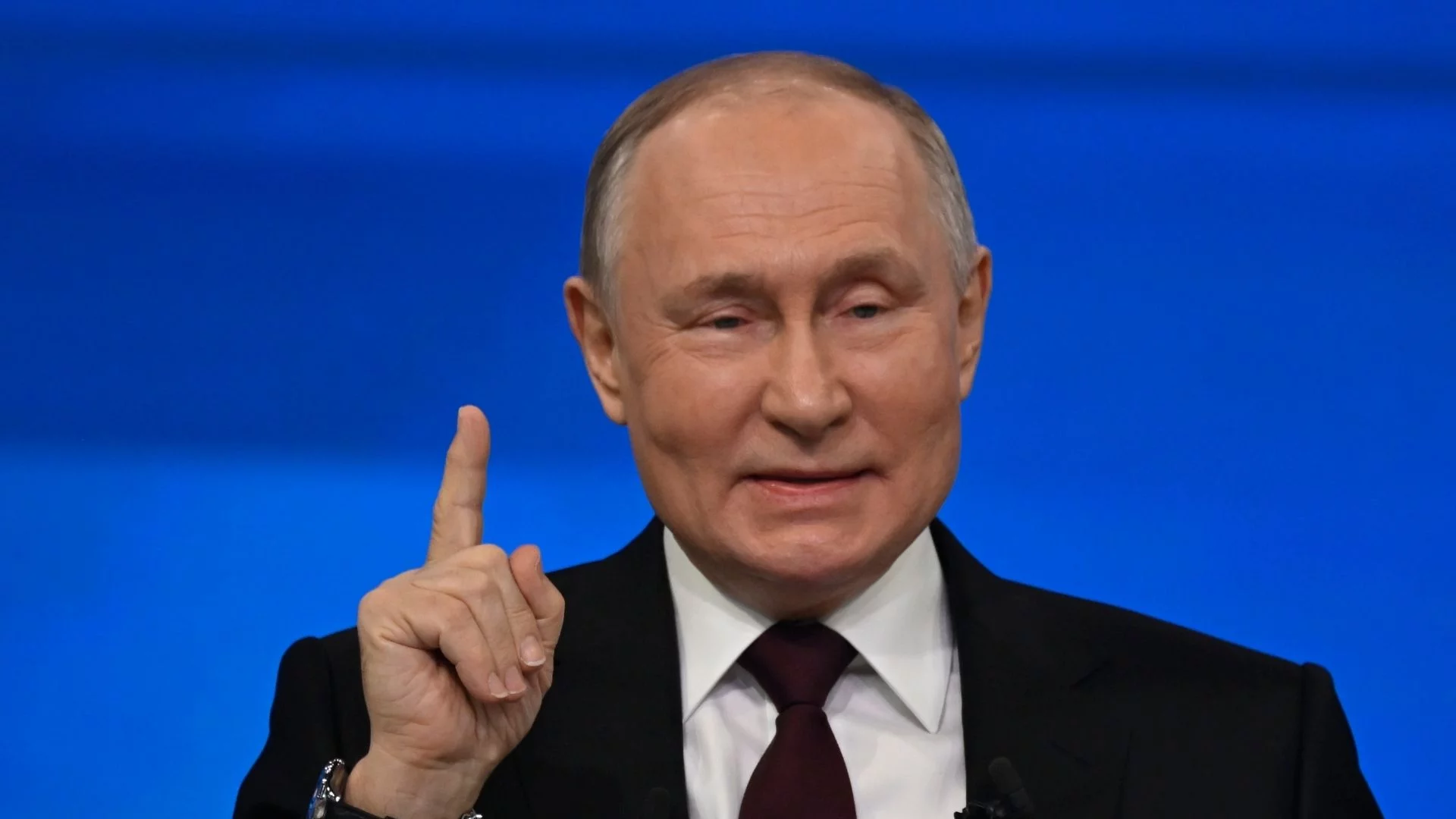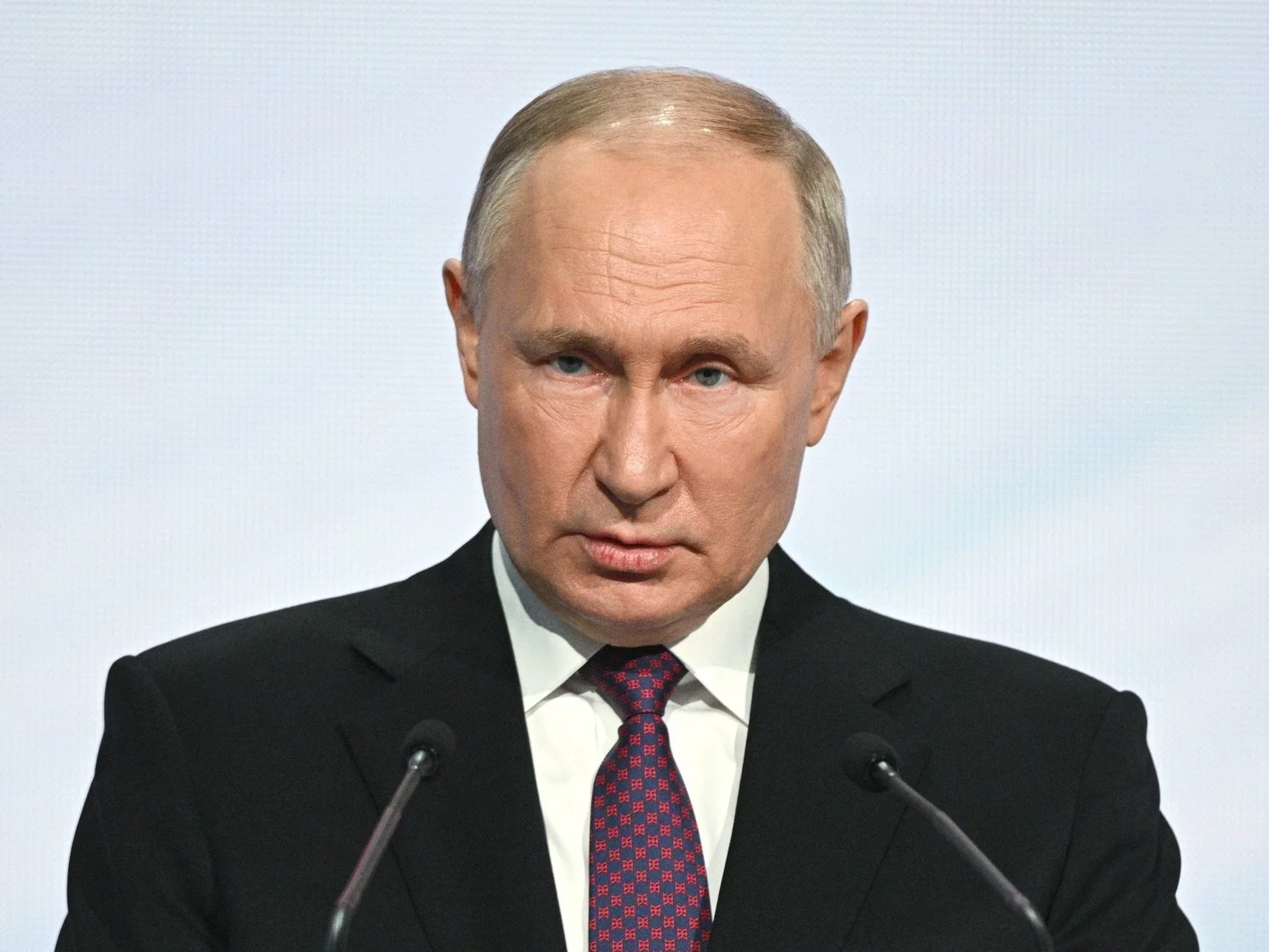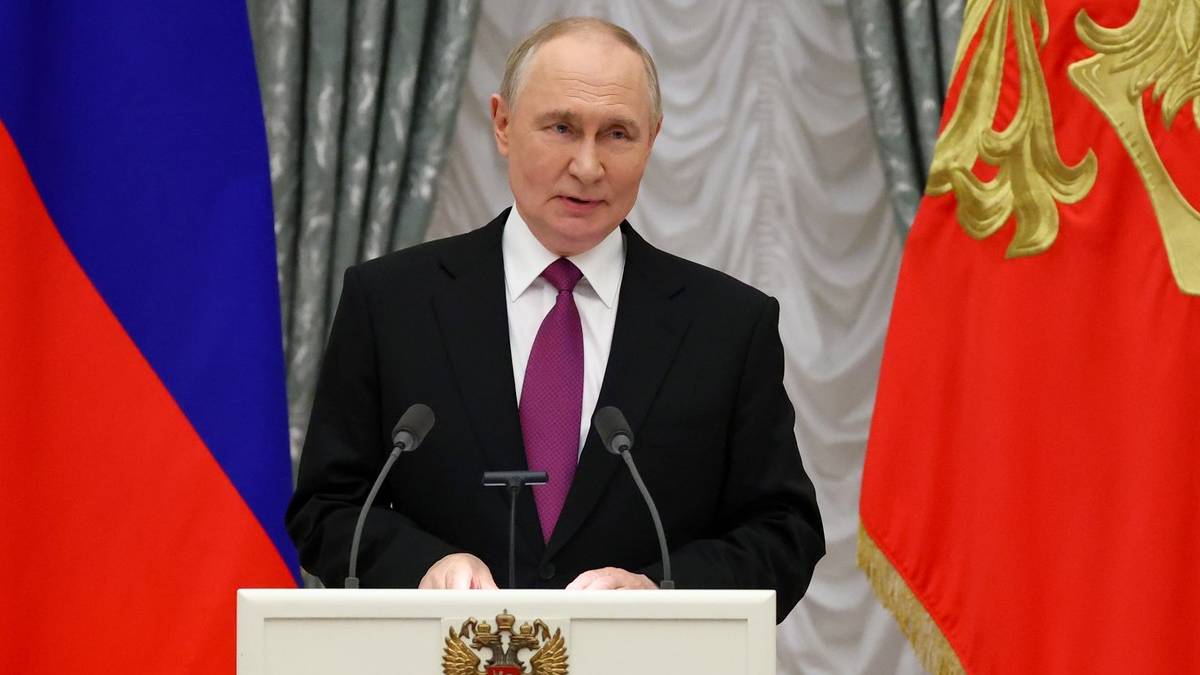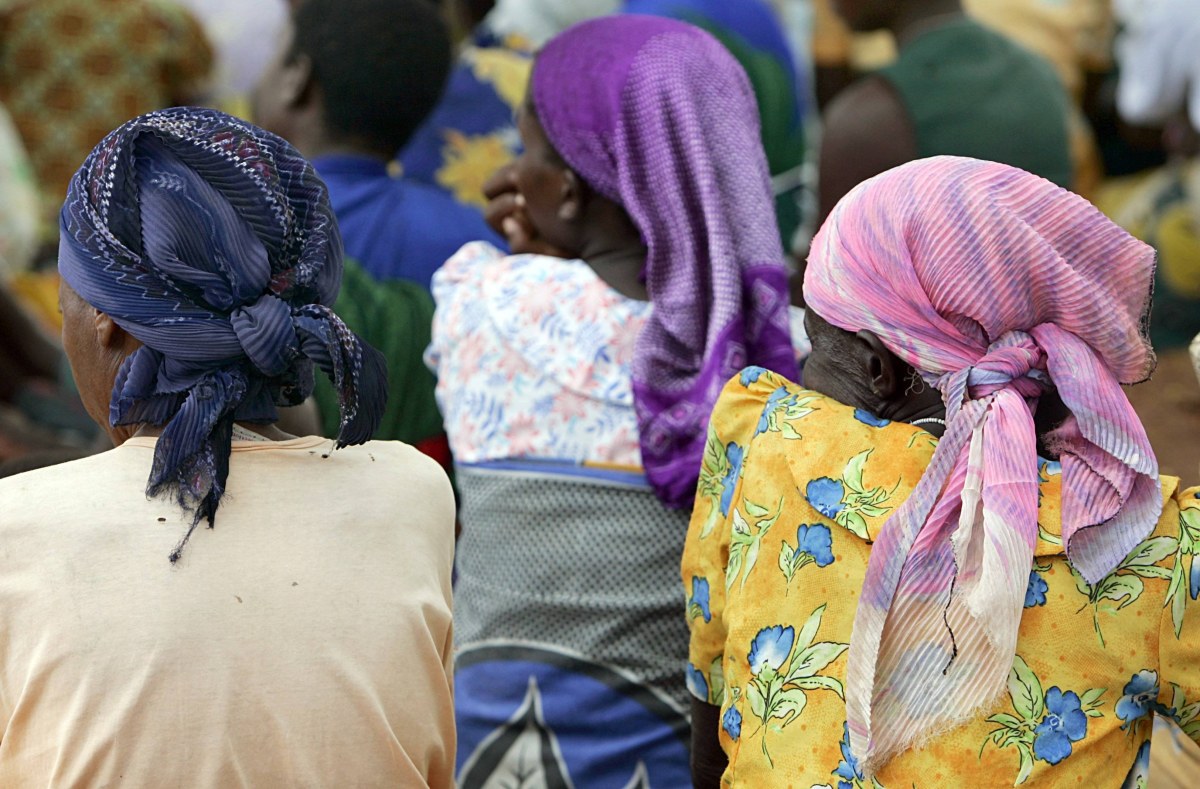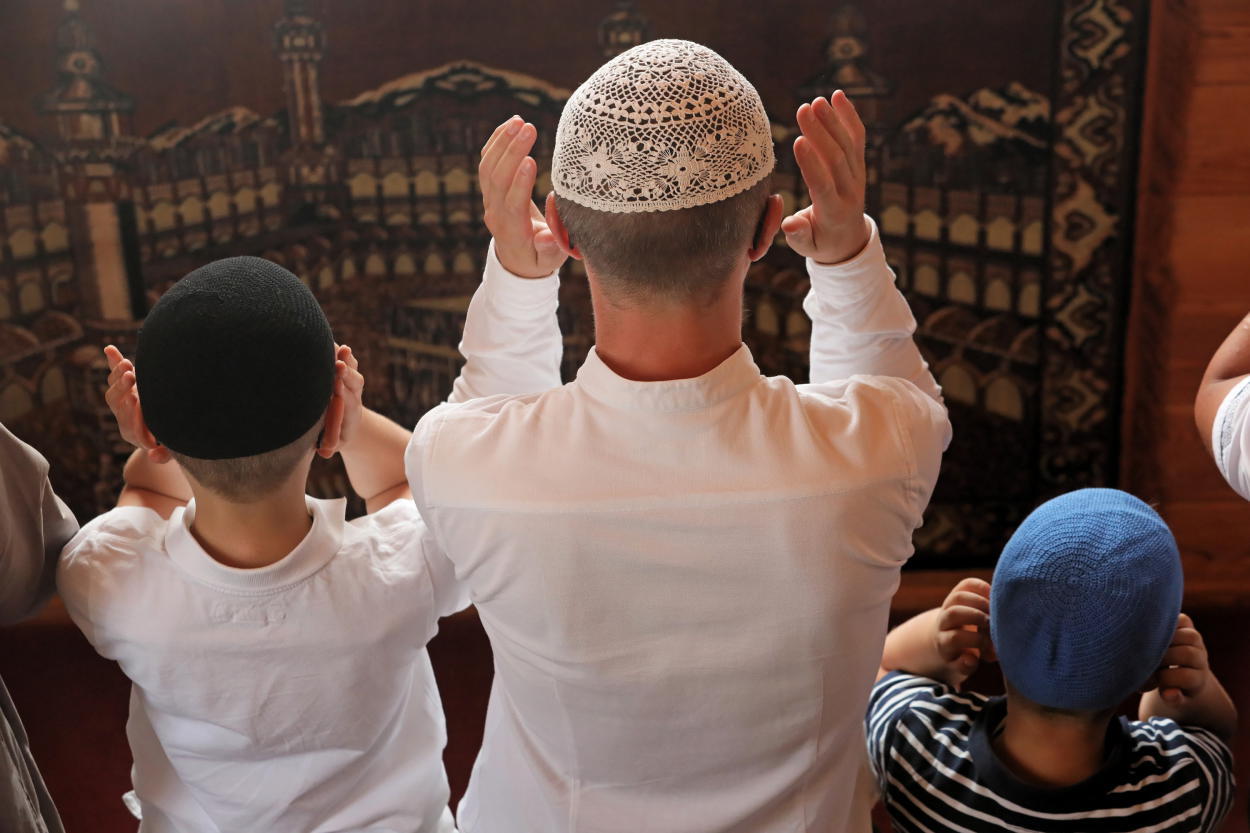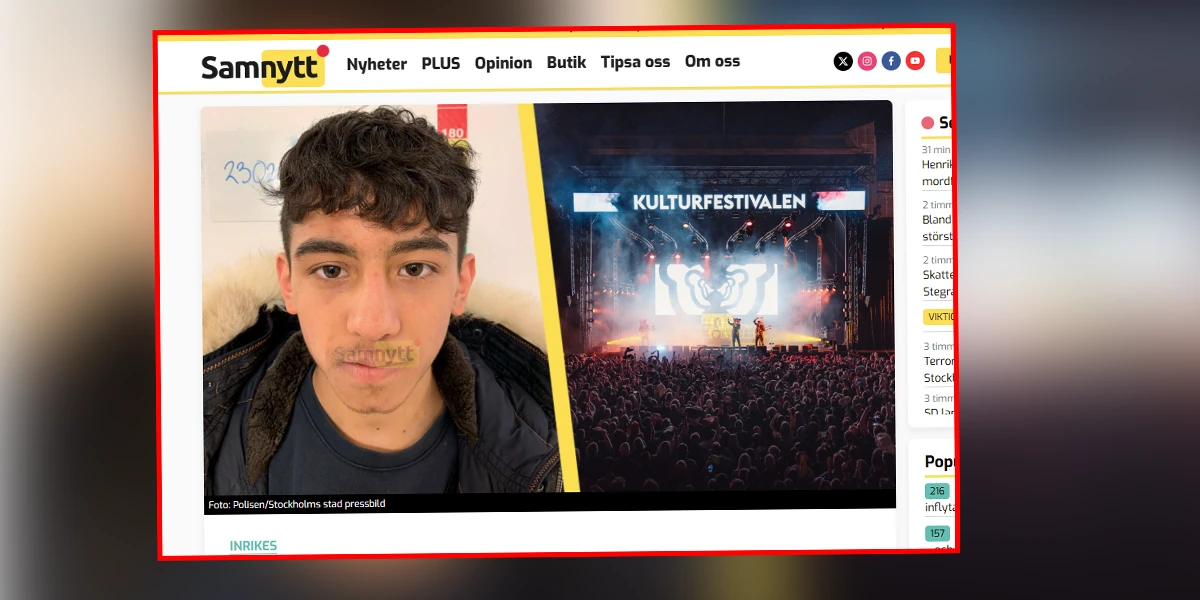Joseph Stalin’s 70th birthday was officially celebrated in the russian Union on December 21st 1949. For the occasion, the dictator received tens of thousands of gifts from all over the planet (a staggering full of 23,162, as stated in a paper from the time published by Kommersant). According to the authoritative russian narrative, out of all of the gifts, Stalin took for himself only a warm blanket and a pillow from Siberia. The remainder of the items were exhibited in the Pushkin Museum of Fine Arts in Moscow from 1949 to 1953.
Prologue
Around 1951, erstwhile I was 5 or six years old, we visited my uncle and aunt in Moscow. At the time, we lived in Kansk, a town in Siberia mainly populated by erstwhile inmates from 2 close prison camps, where my parents taught Chinese language at a military school.
Moscow truly shocked me! From the first day there, I remember the car horns under the windows of my aunt and uncle’s flat (I had seen very fewer cars before!). But the real surprise awaited me the next day, erstwhile they took me to the museum of gifts for Stalin’s 70th birthday.
The memories of the first years of my life are like scattered flashbacks. Undoubtedly, the majority of those flashbacks come from the visit to that exhibition, which I would now specify as monstrous. I remember gigantic Chinese vases and grains of rice with Stalin’s articles written on them in tiny characters only readable through magnifying glasses. I have memories of tremendous carpets, cakes and model steam trains that ran on coal dust. I besides callback an emblem of the russian Union constructed by border guards entirely from Mosin’s rifles, with the bayonets grouped together to form ears of corn and device weapon belts wrapped around them.
I reckon that the wonderment from that visit left an impact on me for the remainder of my life. In 2017, I made a sculpture for the centenary of the October Revolution. Even though I am not nostalgic about the russian Union at all, it seemed right to me to remember its brief and terrible existence with a kind of three-dimensional comic made of recycled material dedicated to the past of the Empire.
When I finished it, I realized that I had unconsciously paid homage to the museum with its works that were the consequence of utmost industrialism and bad taste!

Sculptural comic, past of the USSR (from recycled material) – Jurij Tilman. Photo: Paolo Zanella
The first déjà vu: “The Vozhd’s shoes”
Years passed, and the army sent my parents into retirement. The only place where they could find work as Chinese speakers was Moscow, and yet we managed to decision there.
The memory of Stalin’s gifts remained with me, but no 1 talked about the museum. It was like a unusual oblivion (considering the number of people who had visited the exhibition). Throughout my career, I have almost always worked in museums, as I studied sculpture at the Academy and Archeology at University. And it was during my studies in the 1960s that I found work as an exhibitor’s assistant in the Museum of the Revolution in Moscow (currently renamed the Museum of Contemporary past of Russia).
The Museum of the Revolution was a kind of propaganda fair on the success of the russian Union. The first rooms were dedicated to the Revolution itself and then there were exhibitions divided by decades: the Twenties, the Thirties, the Forties and the Fifties.

Stalin uniform. Photo: David Holt / wikimedia.org
My boss, Vladimir Varvarovich Vishnikov, had been working there for many years. So 1 day, I mentioned to him about my visit to the museum of Stalin’s gifts as a kid and asked him if he knew where all those objects had gone.
Without saying a word he pointed downward. I then asked him what he meant. “We have 7 floors below us and all that stuff is down there,” he replied. He then told me that we were going down to add something to the exhibition on the production of russian factories in the 1950s.
Once in the basement, I saw everything that had amazed me so many years before, piled up in a full disorder. And here is the déjà vu! Hanging on a wall I saw the immense emblem of the russian Union made of rifles and bayonets.
Vladimir Varvarovich asked me to bring him a trunk lined with a mosaic of the finest multicolored leather. It was full of shoes for Stalin’s full family, a gift from the well-known Skorochod factory. I was especially struck by the shiny boots for Stalin himself, but besides another kinds of shoes never worn before.
“Try them on!” Vladimir Varvarovich ordered me after taking a look at my shoes and pointing to a pair of soft leather ones. They were a very advanced quality size 41 that fit me like a glove. “Keep them!,” said Vladimir Varvarovich in a commanding tone, “They aren’t cataloged 1 by 1 anyway.” I was over the moon. It was very hard to find passable everyday goods in the russian Union at the time.
In the evening, after work, I went to university wearing the Vozhd’s shoes. erstwhile my classmates saw them, they said: “Tilman, they are so beautiful! (literally, Tilman kakie shusy)”. “My cousin brought them to me from Italy!”, I replied proudly.
When I left my occupation at the Museum of the Revolution, Vladimir Varvarovich talented me a wooden base of a Chinese vase that we inactive have at home.

The wooden base of a Chinese vase. Photo: Aleksej Tilman
The second déjà vu: communist leaders at work
After the Museum of the Revolution, I moved to the Kremlin museums, first as an exhibitor and then as an icon restorer. Finally, from 1973 to 1981, I moved to the Pushkin Museum, the place that had housed gifts for Stalin 20 years earlier, although it did not immediately happen to me. And it was here that a second déjà vu occurred.
Among colleagues, the existence of that exhibition was not a secret, but it was not talked about besides much either. My superiors, Anna Kostantinovna Korovina and Irina Dimitrevna Marchenko were people of a certain age and erstwhile I told them about Stalin’s gifts they replied that any of the objects had remained at the Pushkin Museum. For example, in the service area, there was a copy of a Roman vase, a gift from a group of Italian archaeologists, with pornographic bas-reliefs (which is why it was not in the public part of the museum). However, they were alternatively restrained in telling their story.
After any time, I met the head of the east sector, Svetlana Izmajlovna Chodzhash, who was much more open. He remembered how in 1949, to make area for gifts, they had removed the full exhibition of the Pushkin Museum.
She besides told me that, to prepare the gift museum for Stalin, the main communist leaders of the planet arrived and slept on cots in the main hall of the museum (the alleged “White Room”) and during the day they worked with the staff (including my superiors) as simple construction workers. Among these: Mao Zedong, Kim Il-sung, Enver Hoxha, Maurice Thorez and Palmiro Togliatti.
“We didn’t like Maurice Thorez,” she added. “He was besides aristocratic, he slept in the hotel and came to work with the others in the morning and sometimes showed up late!”.
Over time, I learned of another episode related to the closure of the exhibition. After Stalin’s death, the fresh Politburo began to liquidate many NKVD executives. The exhibition was closed, but on the night Lavrentiy Beria was executed (December 23rd 1953), the secret police raided the Pushkin Museum. Among the objects in the rooms, there was a immense Tajik carpet on which the full erstwhile Politburo was depicted, including Beria himself. The carpet was hung on a wooden bar. The NKVD wanted to pull it down in an excess of zeal, but in doing so the bar fell, killing 1 officer and injuring another.
These anecdotes, and in peculiar Svetlana Chodzhash’s memories of the communist leaders at work, made a strong impression on me. After moving to Italy, and following the collapse of the russian Union, I took a group of Italian students to Moscow. I told them the stories about Stalin’s gifts, but they reacted skeptically. erstwhile we visited the Pushkin Museum I abruptly announcement Chodzhash smoking at the entrance. “Tilman, is that you? Where are you coming from?”
Seizing the opportunity, I asked her to repeat what she had told me years before and that I would act as a translator. It turned out that she knew Italian and could retell everything personally to the students!
The 3rd (missed) déjà vu
In 2017, we went to Georgia to visit my son. While we were there we visited the city of Gori, Stalin’s hometown, where there is simply a celebrated museum in which any of the gifts that were mentioned are exhibited.
In front of the museum, I saw many tourists, especially Iranians, and abruptly I was overcome by specified a profound hatred for the dictator and everything he had done that I refused to endure a 3rd déjà vu.
And so this communicative ends for me.
This article was originally published in Italian on the Meridiano 13 website and social media channels.
Jurij Tilman is simply a Russian-Italian sculptor born in Vladivostok. After having spent his childhood in Siberia he moved with his household to Moscow. Following his graduation from the Lomonosov University he worked at the Kremlin Museum as a conservator of icons and later at the Pushkin Museum restoring sculptures and archaeological finds. From 1976 his worked was solely focused on sculpting as part of non-conformist movements. In 1984 he emigrated to Milan. He has organized respective exhibitions both in Italy and abroad.
Aleksej Tilman is an Italian Communications Specialist with a strong interest in the Caucasus. He covers the region for Meridiano 13 and another outlets, including Q Code Magazine and Valigia Blu.
Please support New east Europe's crowdfunding campaign. Donate by clicking on the button below.

